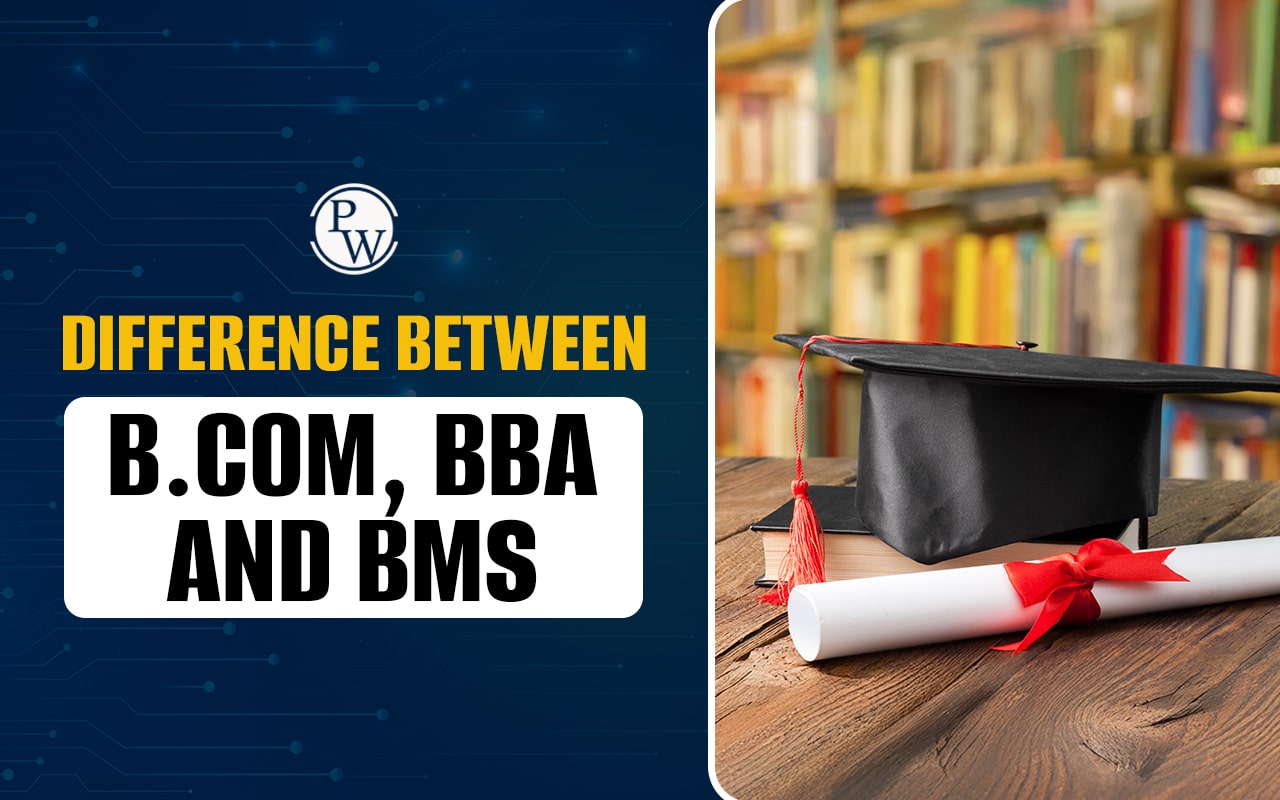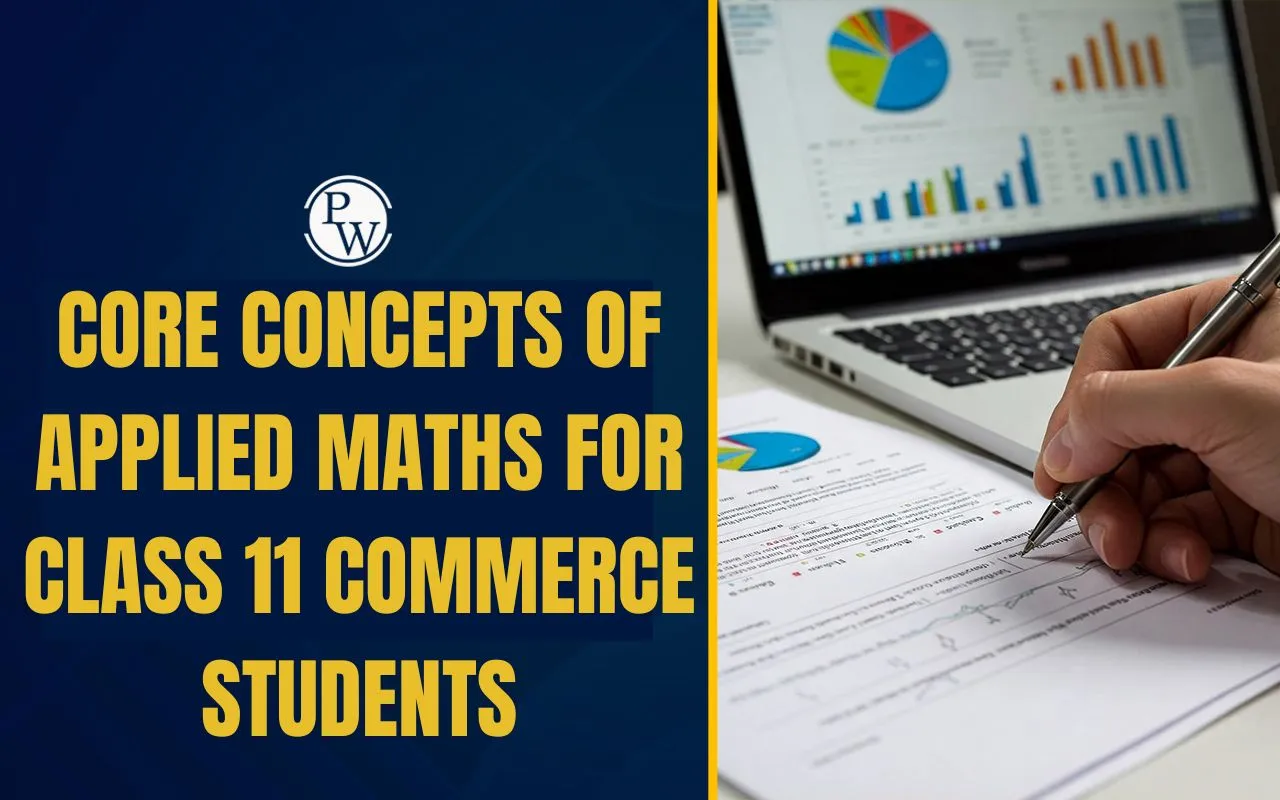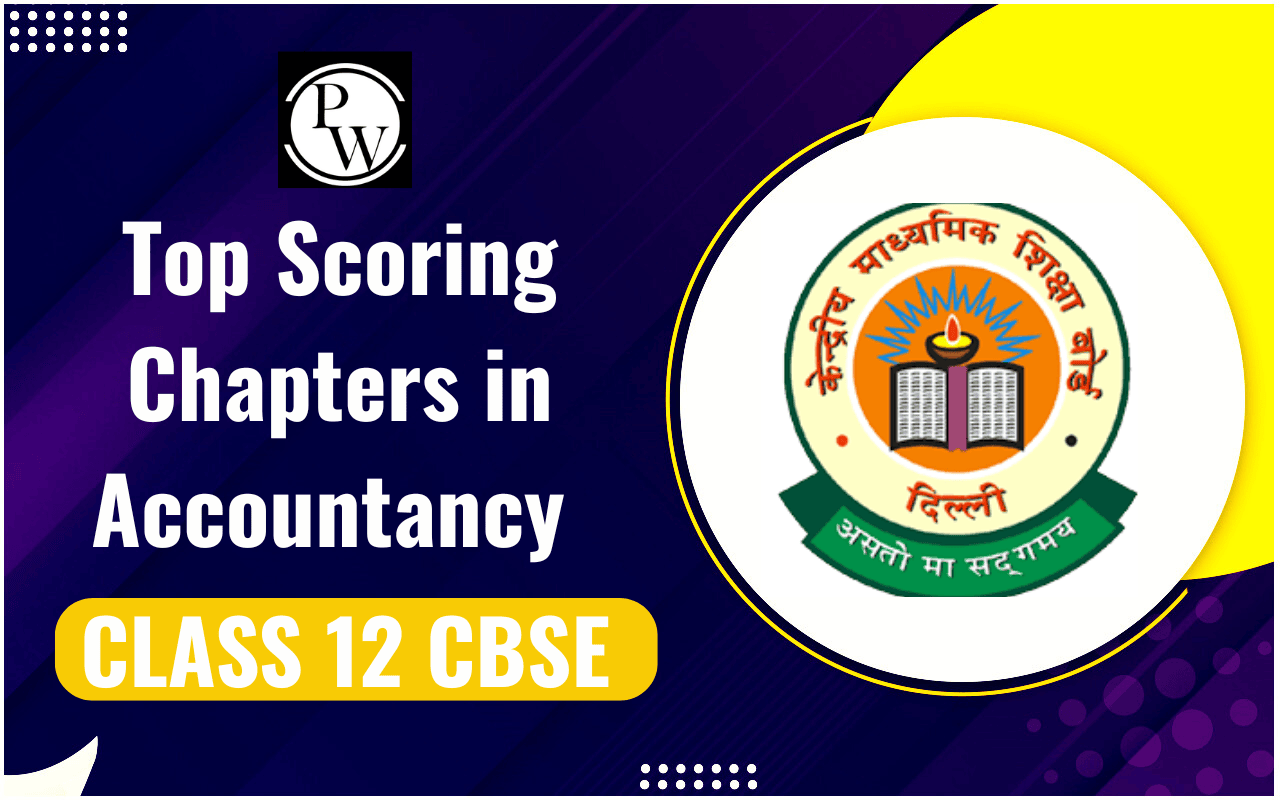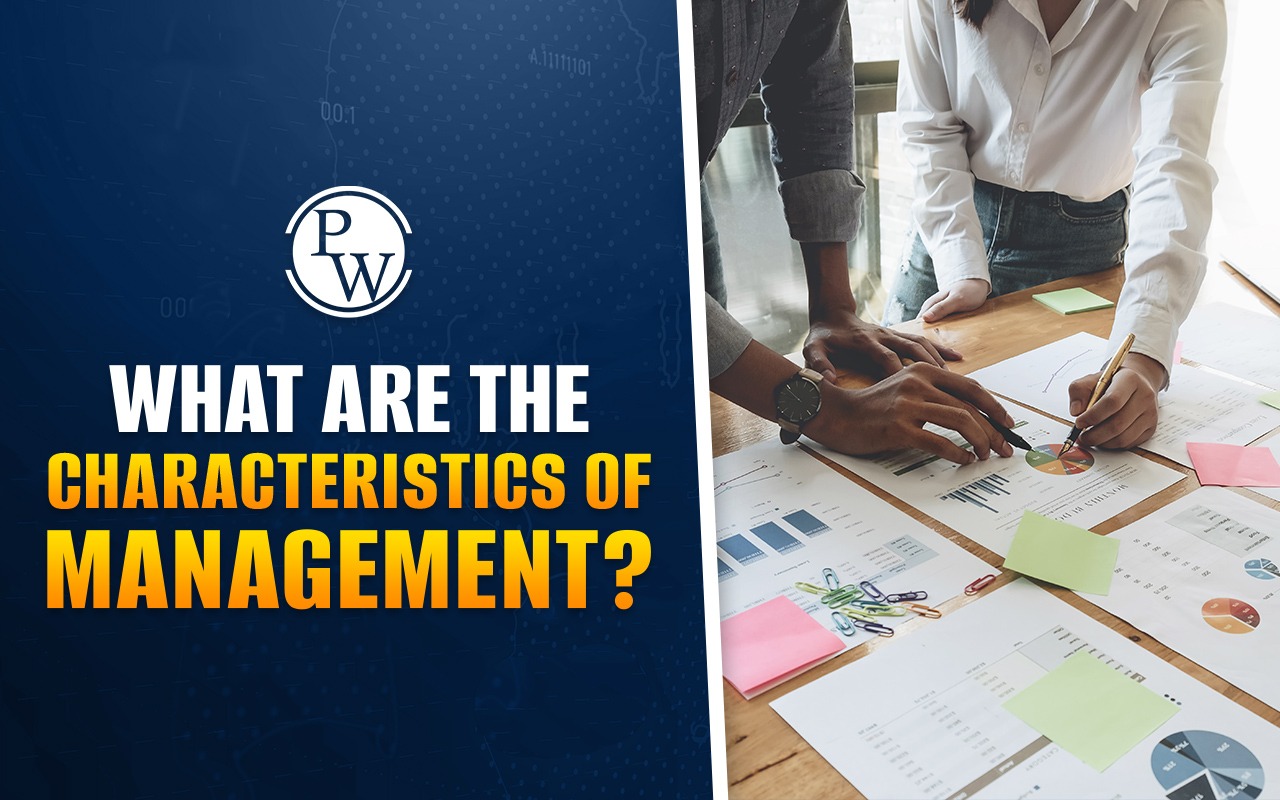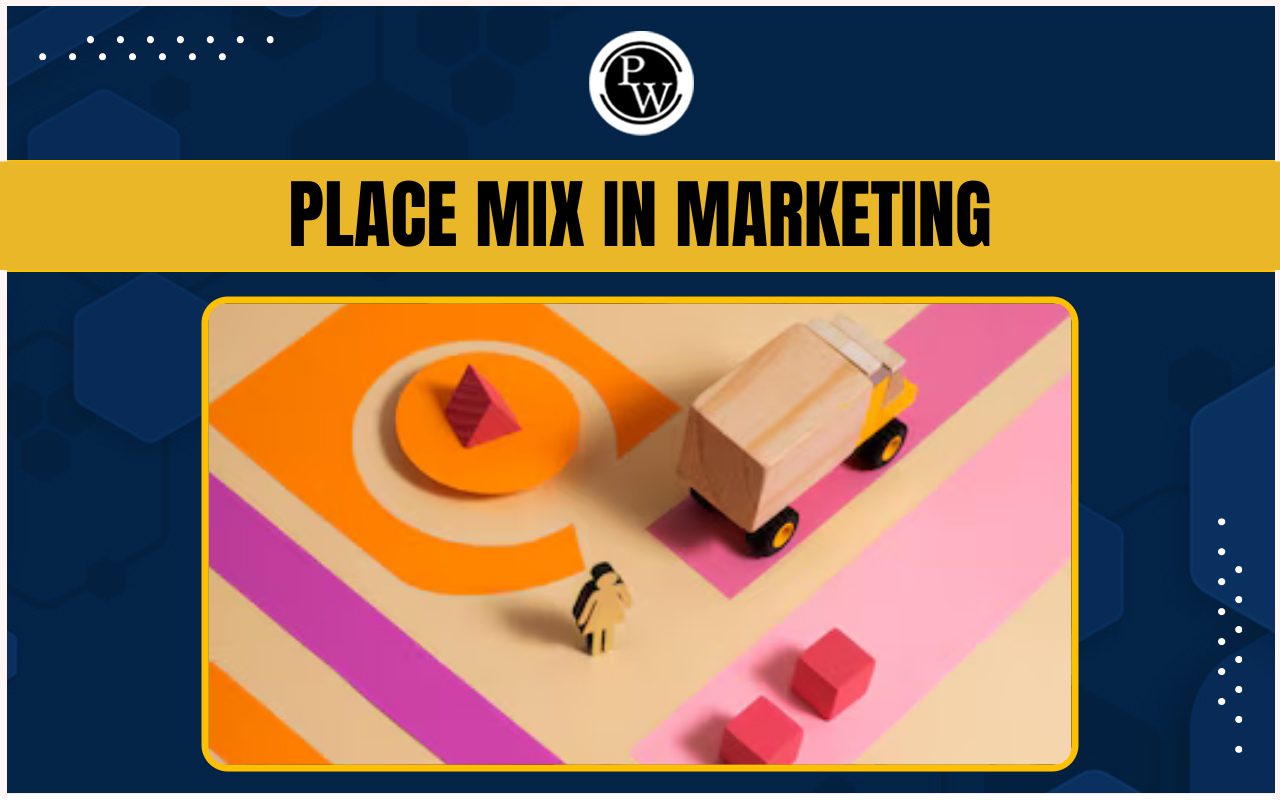
Effective marketing requires a well-thought-out strategy to make products accessible to consumers. Among the four pillars of the marketing mix, product, price, promotion, and place “place” plays a crucial role. Place mix focuses on the physical and strategic distribution of goods and services, ensuring they reach the right customers at the right time and location.
In this blog, we will learn the concept of place mix in marketing, its importance, key elements, and various distribution channels businesses use to deliver products effectively.What is Place Mix in Marketing?
In marketing, "place" refers to the channels and methods used to make a product or service available to customers. It involves the entire distribution network from the manufacturer to intermediaries like wholesalers, retailers, and finally, the end consumer.
The "place mix" in marketing refers to the strategies and decisions made by a business regarding the distribution of its products. This involves selecting appropriate distribution channels, determining the location of retail outlets, managing inventory levels, and ensuring the products reach the customers efficiently and effectively. The goal of the place mix is to make the product easily accessible to the consumers at the right time and place.
Importance of Place Mix
An effective place mix strategy ensures that goods are delivered to customers seamlessly, reducing operational inefficiencies and improving customer satisfaction. Here are some key reasons why place mix is critical:Streamlined Operations: Proper distribution planning minimizes delays and bottlenecks.
Customer Convenience: Ensures products are available where and when customers need them.
Cost Efficiency: Reduces unnecessary transportation and warehousing costs.
Market Reach: Expands the availability of products to wider geographic areas or target audiences.
An inefficient place mix can lead to increased costs, reduced adaptability, and operational complexity, which can negatively impact a business’s performanceHave you learn about: Marketing Concept
Key Elements of Place Mix
The place mix comprises two key elements that could help an organization in meeting its distribution and business goals. They are as follows:
- Physical Distribution
- Channel of Distribution
Physical Distribution
Physical distribution involves the tangible process of storing and transporting products from the manufacturer to the end consumer. It encompasses several key elements:
Inventory Management:
Inventory management is a multifaceted process involving meticulous forecasting of demand patterns, monitoring stock levels, and ensuring a delicate balance between supply and demand. By accurately predicting customer needs, businesses can optimize their inventory, avoiding both excess and shortage.
Warehousing:
Warehouses serve as pivotal nodes in the distribution network. They play a critical role in the storage, organization, and safeguarding of products. Proper warehouse management includes efficient space utilization, inventory rotation, and security measures to prevent theft or damage.
Transportation:
Choosing the right transportation methods is paramount to the physical distribution process. Companies must weigh factors such as distance, volume, speed, and cost-effectiveness when selecting modes of transportation. Whether it's trucks for regional deliveries, ships for international shipments, or airplanes for expedited services, the choice of transportation profoundly influences delivery times, costs, and the condition of products upon arrival.
Order Processing:
Order processing involves a series of steps, from order receipt to product shipment. Streamlining this process is essential for timely and accurate deliveries. Efficient order processing includes real-time inventory tracking, automated order fulfillment, and quality packaging.
Channel of Distribution
Channel of distribution, also known as the distribution channel, refers to the pathway through which products or services move from the manufacturer to the end consumer. It involves various entities:
Manufacturer:
Manufacturers are the originators of products, crafting them from raw materials or components. They are responsible for ensuring product quality, innovation, and adaptation to market demands. Manufacturers strategize their distribution channels based on product characteristics, target audience, and market reach, laying the foundation for the entire distribution process.
Wholesalers:
Wholesalers bridge the gap between manufacturers and retailers. By purchasing goods in bulk, they achieve economies of scale, making products more affordable for retailers. Wholesalers also offer services such as bulk breaking, inventory management, and transportation consolidation.
Retailers:
Retailers are the final link in the distribution chain, directly interacting with consumers. They curate products, create appealing displays, and offer personalized services. Retailers can be physical stores, online platforms, or a combination of both.
Agents and Brokers:
Agents and brokers act as intermediaries who facilitate transactions between buyers and sellers. They bring market knowledge, negotiation skills, and industry expertise to the table.
Types of Channels of Distribution
Businesses use various types of distribution channels based on their products, target audience, and market dynamics. These include:
One-Level Channel (Direct Distribution):
In a one-level distribution channel, also known as direct distribution, products move directly from the manufacturer to the end consumer without any intermediaries. This streamlined approach allows businesses to maintain full control over the entire distribution process.
Two-Level Channel (Indirect Distribution):
A two-level distribution channel introduces intermediaries between the manufacturer and the end consumer. Wholesalers or retailers typically serve as these intermediaries. Manufacturers sell their products to wholesalers, who, in turn, distribute them to retailers. Retailers, in the final stage, sell the products to the end consumers.
Three-Level Channel (Extended Indirect Distribution):
In a three-level distribution channel, an additional layer of intermediaries is introduced between the manufacturer and the end consumer. Typically, this includes agents or brokers who act on behalf of the manufacturer to negotiate sales with wholesalers or retailers.
Dual Distribution:
Dual distribution combines both direct and indirect channels to expand market reach. Companies employing dual distribution leverage their online platforms or company-owned stores for direct sales while also partnering with retailers, wholesalers, or agents.
Reverse Distribution:
Reverse distribution comes into play after the sale, focusing on the return, recycling, or disposal of products. This channel is vital for industries dealing with recyclable or hazardous materials, electronics, or pharmaceuticals.
Strategies for Optimizing Place Mix
To ensure the place mix aligns with business goals and customer needs, companies should consider the following strategies:Market Research: Understand customer preferences and buying behaviors to design effective distribution networks.
Technology Integration: Use advanced logistics software for inventory tracking, order processing, and route optimization.
Partnerships: Collaborate with reliable intermediaries to enhance efficiency and reach.
Flexibility: Develop adaptable strategies to respond to market changes and customer demands.
The place mix in marketing is a cornerstone of any business’s success. By carefully planning physical distribution and choosing the right channels, companies can enhance customer satisfaction, reduce costs, and expand their market reach. An optimized place mix ensures that products are available where and when customers need them, bridging the gap between production and consumption seamlessly. For businesses aiming to thrive in competitive markets, prioritizing the place mix is essential. Join PW Commerce Online Course now and excel in your academic and professional pursuits!
Place and Place Mix FAQs
Why is physical distribution important in marketing?
How do wholesalers benefit the distribution process?
What is the role of e-commerce in modern place mix strategies?
What is the role of reverse distribution in sustainable business practices?
Is order processing crucial in the distribution channel?



